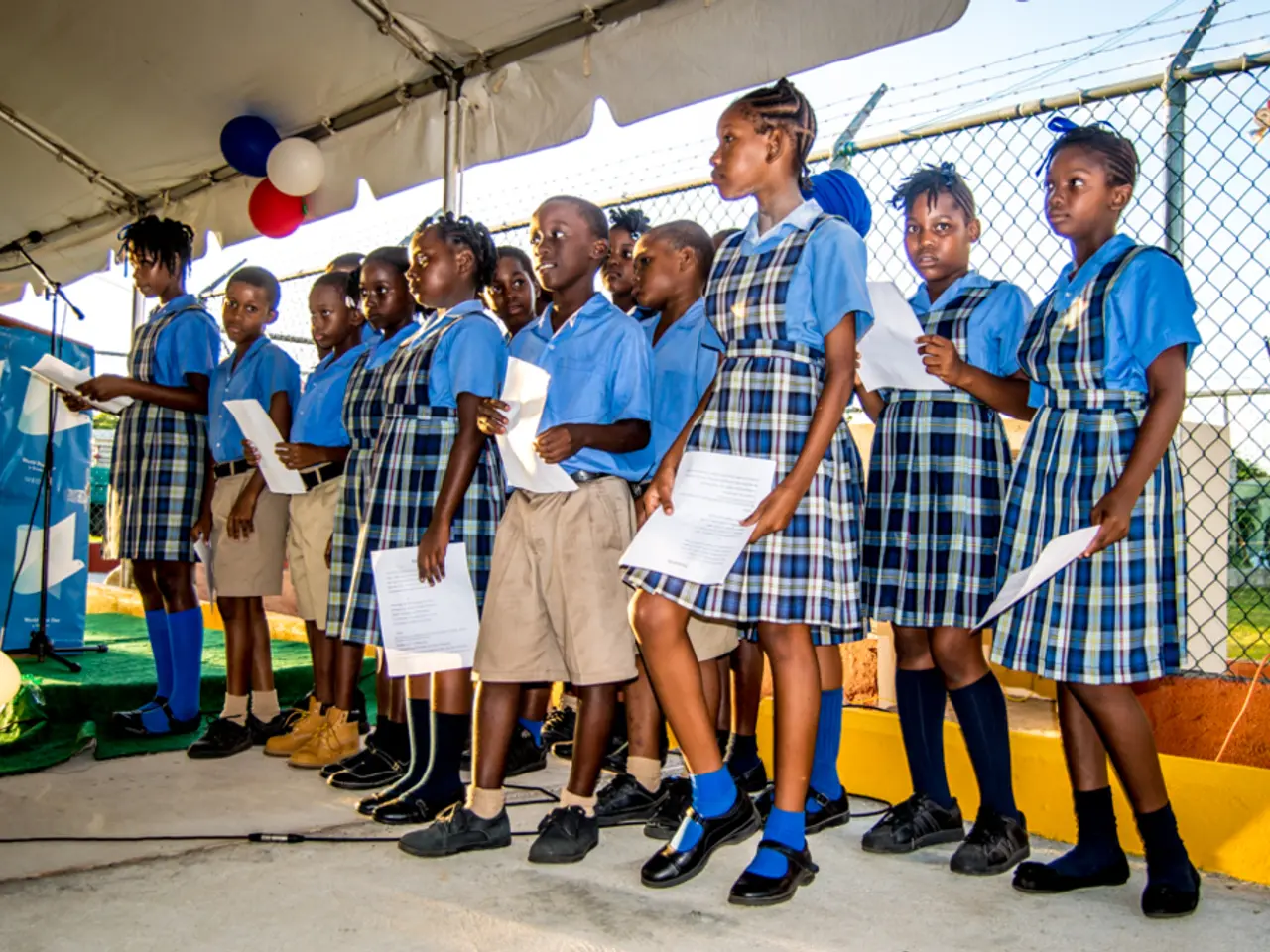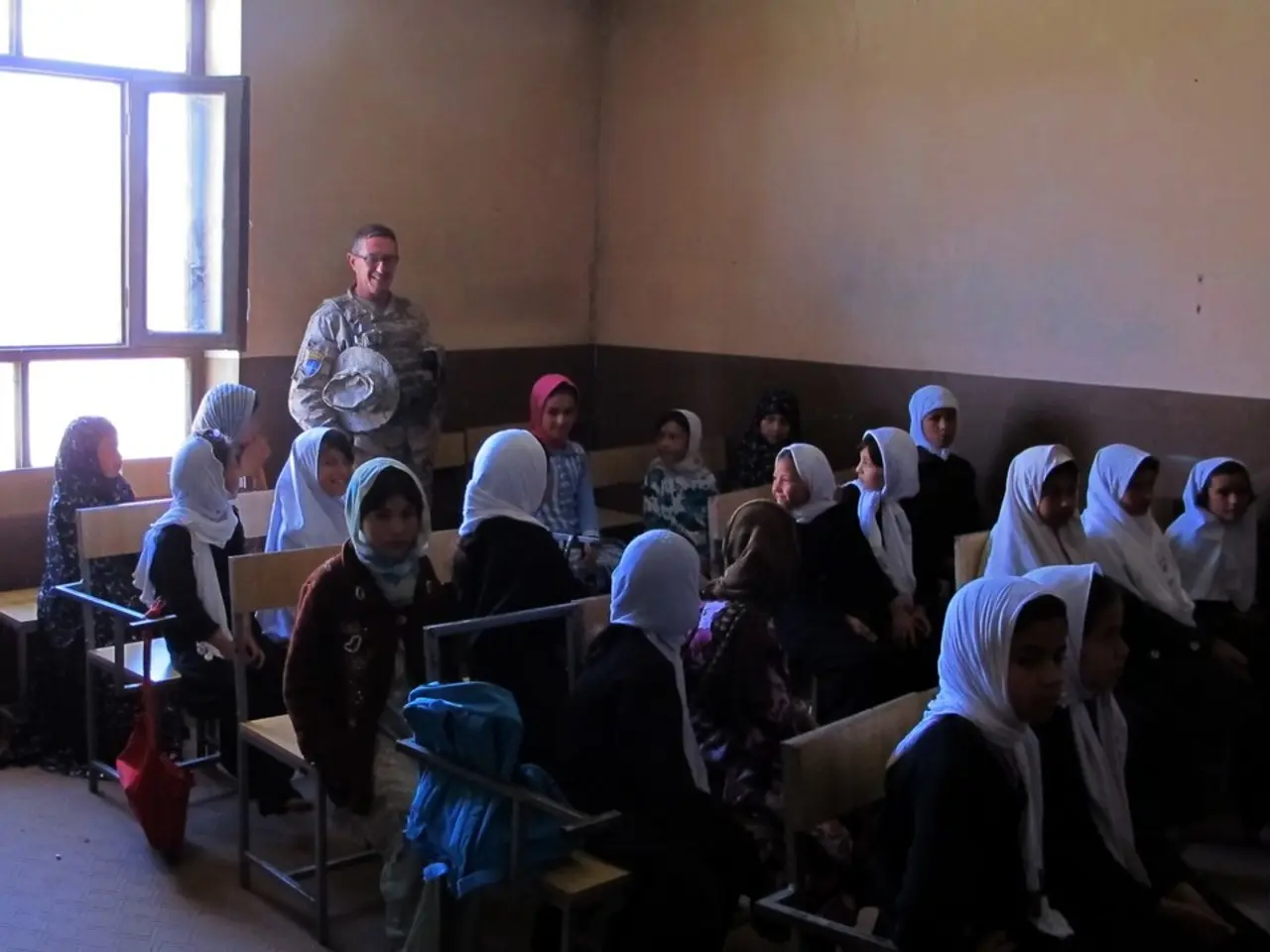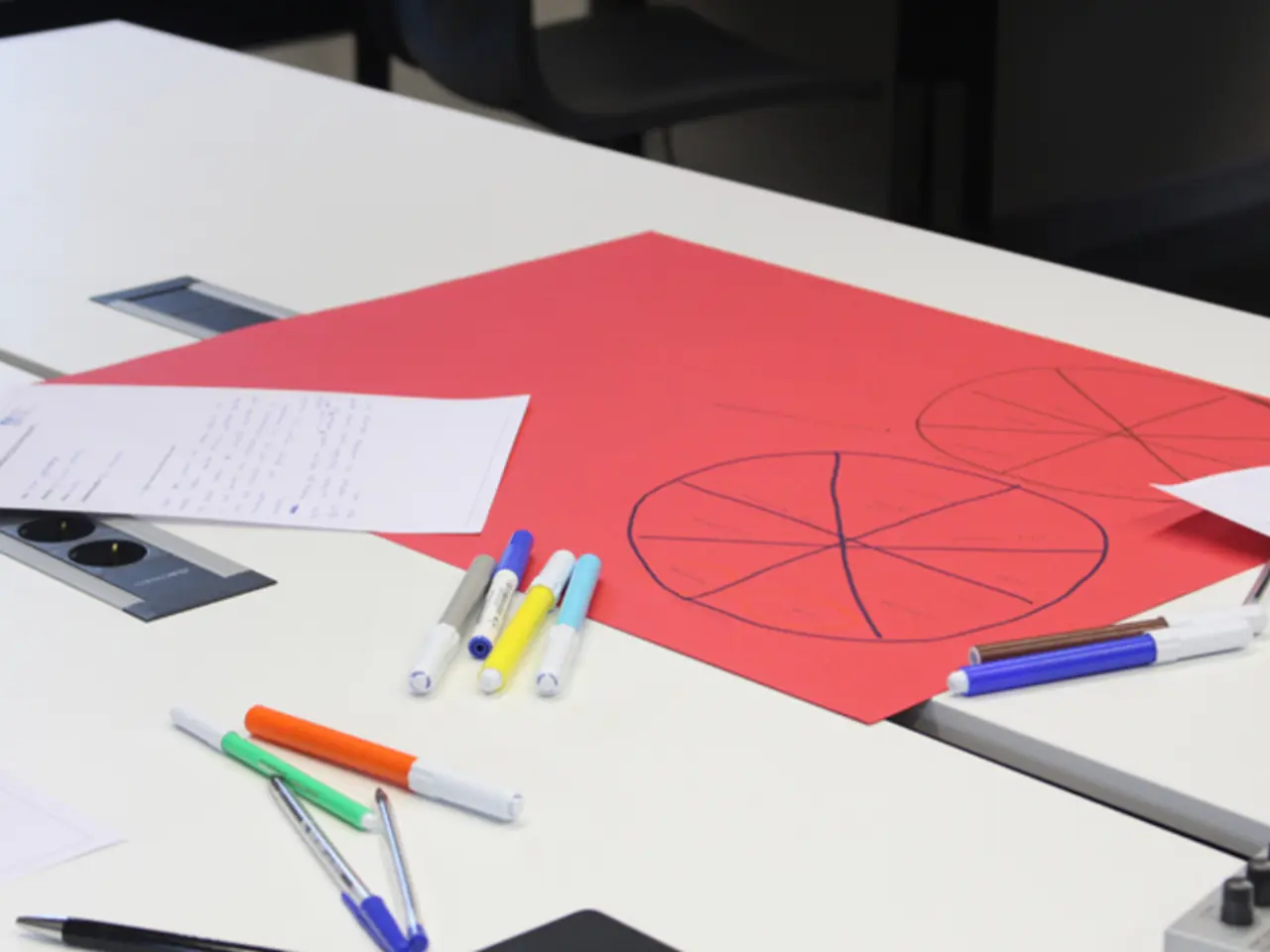New York's Public School Spending per Student surpasses that of any other state in the U.S.?
New York's public school system leads the nation in per-student spending, projected to reach an estimated $36,293 in the 2024-25 school year[1]. This high spending is driven by factors such as higher regional labor market costs, the need to cater to diverse student populations, and state policies that emphasize substantial school funding[2][4].
However, despite this significant investment, New York students' performance on national assessments like the National Assessment of Educational Progress (NAEP) remains slightly below the national average[2]. For instance, in 2022, New York's fourth-grade math scores trailed the national average, despite spending $15,509 more per pupil than the rest of the country[2].
This discrepancy between high spending and middling results suggests that factors beyond funding—such as resource allocation, curriculum quality, and instructional practices—play critical roles[2]. In contrast, states like Mississippi, Texas, and Florida achieve better student outcomes with lower per-student expenditures, indicating a weaker-than-expected correlation between spending levels and academic performance[2].
The funding for the increased per-student costs in New York comes from a combination of local property taxes, state aid programs, and federal aid. In the 2024-25 school year, New York school districts are budgeted to spend $89 billion on public education[1].
The high spending in New York's school system raises questions about the relationship between funding and student achievement. While New York leads the nation in per-student spending, its relative student performance shows that high funding alone is insufficient to guarantee top academic outcomes[1][2].
| Factor | New York Status | Impact | |--------------------------------|---------------------------------|-----------------------------| | Per-student spending | ~$36,293 (2024–25, highest) | Nearly double national average[1] | | Regional labor costs | High regional labor market costs| Drives up personnel expenses[2]| | Student demographics | Large numbers of students needing specialized support | Higher expenditures[4] | | Assessment performance | Slightly below national average NAEP scores | High spending, middling results[2]| | Spending vs outcomes correlation| Weak relationship | High spending ≠ top outcomes[2] |
In conclusion, New York's high school spending, while generous, does not guarantee top academic outcomes. The focus should shift towards optimising resource allocation, improving curriculum quality, and enhancing instructional practices to ensure that New York's students achieve their full potential.
[1] New York State Education Department. (n.d.). New York State Education Budget. Retrieved from https://www.nysed.gov/budget
[2] Citizens Budget Commission. (2023, March). The State of New York's Schools: High Spending, Middling Results. Retrieved from https://www.cbcny.org
[3] National Center for Education Statistics. (2022). The Condition of Education 2022. Retrieved from https://nces.ed.gov/programs/coe/indicator_cgg.asp
[4] New York State Education Department. (2023, February). State Education Department Releases 2022-23 School District Report Cards. Retrieved from https://www.nysed.gov/news/2023/state-education-department-releases-2022-23-school-district-report-cards
- In light of New York's high per-student spending of approximately $36,293 in the 2024-25 school year, the focus should be on optimizing resource allocation and improving curriculum quality to ensure that New York's students achieve their full potential.
- Surprisingly, New York's generous education budget does not guarantee top academic outcomes, as evidenced by its slightly below-average performance on national assessments, such as the National Assessment of Educational Progress (NAEP).
- The relationship between funding and student achievement is weaker than expected, as states like Mississippi, Texas, and Florida achieve better student outcomes with lower per-student expenditures, indicating that factors like resource allocation, curriculum quality, and instructional practices play critical roles.




